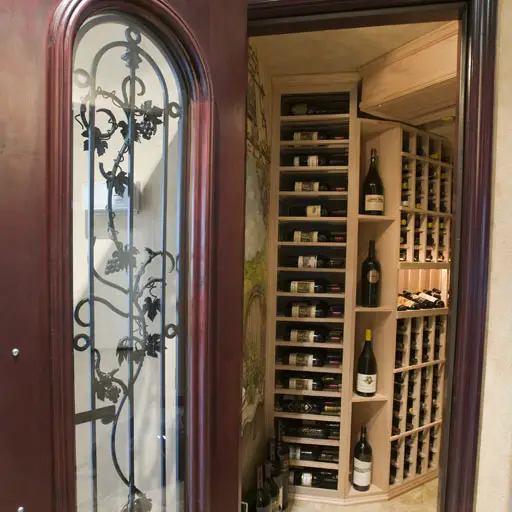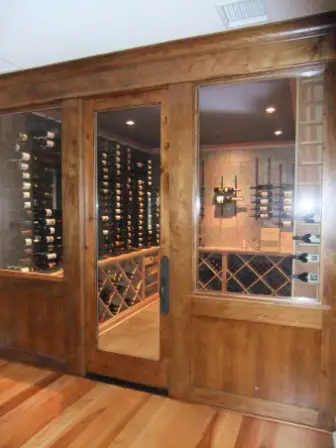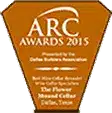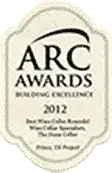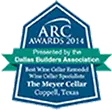Although there are various ways of storing your wine collection, wine cellars are considered the best storage solution. The controlled, secure environment of a wine cellar protects wines from the negative influences of light, temperature, and humidity. Storing wines under the right conditions is vital to preserving their taste and flavor over time.
In order for a wine cellar to achieve its maximum potential, there are several elements that need to be considered prior to its actual construction. The first is to determine the size and location of the wine cellar. The size of your wine cellar depends on its intended purpose. Will, it is solely used for wine storage or will it also serve as a venue for wine tasting parties?
Finding the perfect location for your wine cellar is also essential as this will help you decide which type of wine cellar refrigeration unit to install. Most home wine cellars are constructed above ground; hence, they require efficient insulation and vapor barriers to maintain the required climate conditions.
The next element to consider is the storage capacity of your wine cellar. Consider the number of wine bottles you currently have in your inventory and how many bottles you intend to add in the future. A ballpark estimate of your wine collection will also help you determine the type of racking system to install.
Wine racks are an important aspect of cellaring wines. Racking systems are designed to store wine bottles at an angle that keeps the cork in constant contact with the wine. Storage racks are available in different sizes and styles that can suit various needs and requirements.
Although most wine racks come in pre-fabricated designs for easy installation, there is also an option to have them custom built. Custom wine racks are specifically built to fit your wine cellar, taking into account the architectural structure and constraints of your storage space. Custom racking systems may be an expensive storage solution, but will nevertheless provide a unique flair to your wine cellar.
Another element to consider is the kind of door for your wine cellar. Since cellar doors serve as the entryway to your wine enclave, it should be functional and aesthetically pleasing at the same time. Wine cellar doors are made out of wood, glass, and wrought iron. These doors need to have an airtight seal to help keep the correct level of temperature and humidity inside the wine cellar.
Choosing the proper flooring material for your wine cellar is equally important. The flooring surface must be strong and durable to withstand the combined weight of the racking systems and cabinetry. Wood, cork, tile, stone, and recycled wine barrels are common materials used in wine cellar flooring.
The last element to consider is the lighting system. Lighting elements allow you to highlight and feature your favorite wine labels. LED-based lighting solutions are most appropriate for wine cellar use since they emit less heat compared to regular light bulbs.
There are benefits to installing dimmer switches and light timers in your wine cellar. Dimmer switches allow you to control the level of brightness in your wine storage room. Light timers are energy savers and they prevent continuous light exposure.
Consult a professional wine cellar expert when venturing into a wine cellar project. Custom Wine Cellars Specialists have the expertise and knowledge in designing, constructing, and installing wine cellars. They will work closely with clients throughout the entire process – from conceptualization to construction.
 />
/>


 Dallas
Dallas  Dallas
Dallas  Dallas
Dallas 